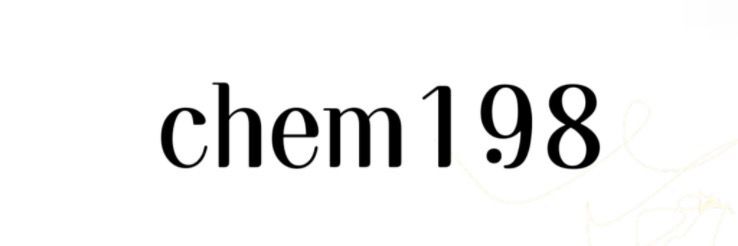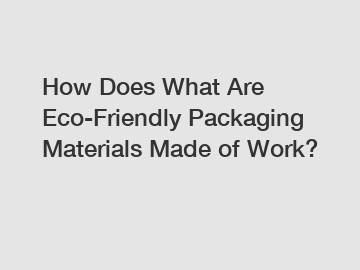Class 8 Cleanroom Standards: A Complete Guide for 2024
What are Class 8 Cleanroom Standards?
Class 8 cleanroom standards refer to the specifications and guidelines that define the maximum allowable limits for airborne particulate contamination in controlled environments. These standards are essential for industries that require a contamination-free space, such as pharmaceuticals, electronics, and biotechnology.
Why are Cleanroom Standards Important?
Cleanroom standards are vital for several reasons:
- Product Quality: Maintaining a cleanroom environment ensures that products are not contaminated, which is critical for quality assurance.
- Compliance with Regulations: Many industries must adhere to strict regulatory requirements. Cleanroom standards help organizations meet these regulations.
- Operational Efficiency: A well-maintained cleanroom can prevent product recalls and reduce waste, thus improving overall efficiency.
What are the Specific Requirements for Class 8 Cleanrooms?
Class 8 cleanrooms have specific requirements that must be met, including:
- Air Quality: The maximum allowable particle count is 3,520 particles per cubic meter for particles of size 0.5 micrometers and larger.
- Air Changes: Cleanrooms must have a minimum of 10 air changes per hour to ensure proper ventilation and dilution of contaminants.
- Temperature and Humidity Control: The recommended temperature range is typically 18°C to 24°C, with humidity levels between 30% and 70%.
- Materials and Equipment: Only non-porous, easy-to-clean surfaces and materials should be used to minimize contamination risks.
How is a Class 8 Cleanroom Built?
Building a Class 8 cleanroom involves several steps:
Additional resources:Top 5 Crank Beds for Nursing: Comfort and Convenience in Care
Top Metal Titanium Clip Trends to Watch in 2024
Suppliers Wholesale High Quality Rapid Arterial Hemostasis Product Type
Revolutionizing Eye Care: Benefits of Non Mydriatic Cameras
Choosing the Right Moveable Bed for Patients’ Comfort
How Can Custom Prosthetics Enhance Comfort and Mobility?
- Planning: Assess the specific needs based on the processes that will be conducted in the cleanroom.
- Design: Create a layout that optimizes airflow, minimizes contamination points, and incorporates proper access controls.
- Construction: Use appropriate materials that meet cleanroom standards, ensuring proper installation of cleanroom walls, ceilings, and flooring.
- Testing: Conduct air quality tests to verify that the cleanroom meets Class 8 standards before it is put into operation.
What Measures are Taken to Maintain Cleanroom Standards?
Discover the Rear Swiss Knee Joint ODM Wonderful in 2025
To maintain Class 8 cleanroom standards, the following measures are typically implemented:
- Regular Monitoring: Continuous monitoring of airflow, temperature, humidity, and particle counts ensures compliance with standards.
- Routine Cleaning: Scheduled cleaning procedures using appropriate cleaning agents help maintain a contaminant-free environment.
- Employee Training: Staff should be trained in cleanroom protocols, including proper gowning procedures and handling materials.
- Maintenance of Equipment: Regular maintenance checks on HVAC systems and other equipment ensure they operate effectively and maintain cleanroom conditions.
What Are the Challenges in Meeting Class 8 Standards?
Some challenges in meeting Class 8 cleanroom standards include:
- Cost Implications: The initial investment for cleanroom construction and maintenance can be significant.
- Training Requirements: Ensuring staff properly understand cleanroom procedures requires ongoing training and commitment.
- Technological Changes: Keeping up with new technologies and methods for contamination control can be a challenge.
What is the Future of Class 8 Cleanroom Standards?
The future of Class 8 cleanroom standards may involve increased automation in monitoring systems, more emphasis on sustainability, and enhancements in technology to improve contamination control.
The company is the world’s best class 8 cleanroom standards, cleanroom hinged doors, iso 7 clean room supplier. We are your one-stop shop for all needs. Our staff are highly-specialized and will help you find the product you need.
Additional resources:How Can High Ankle Carbon Fiber Improve Your Comfort and Mobility?
Essential Guide to Using Manual Hospital Beds
How to Choose the Right Anesthesia Trolley?
Understanding Digital Slit Lamps: Key Features and Benefits
What Are the Different Bowel Stapler Types?
Understanding Prosthetics and Orthotics Meaning in 2024









